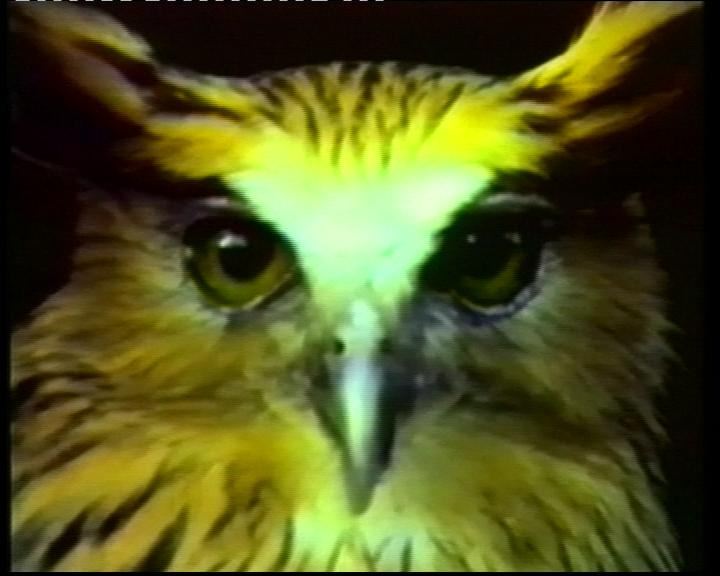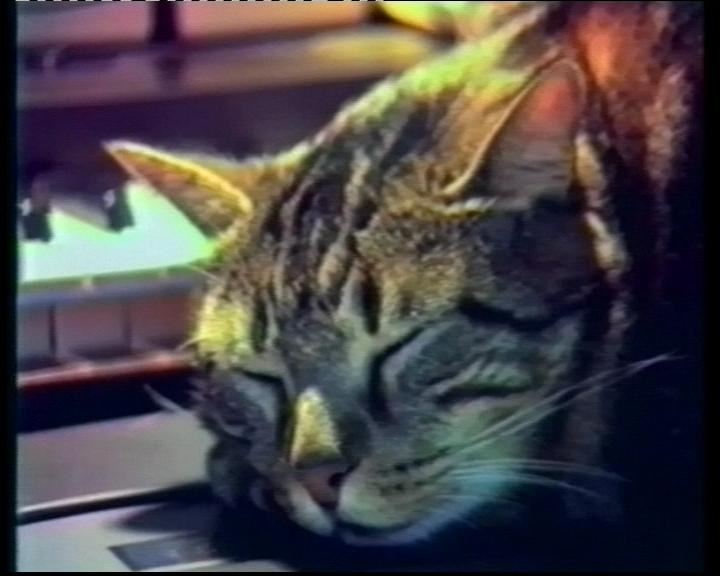Chris Marker
Little is known about the early years of Chris Marker’s life. After having fought in the French Resistance during World War II, he enlisted as a paratrooper in the US Air Force. During the fifties he worked for Cahiers du cinéma. As an assistant of and co-author with Alain Resnais he collaborated on Les Statues meurent aussi (Statues also Die), 1953, a careful and precise study of African art that was censored at the time due to its attack on French colonialism. He also contributed to Nuit et brouillard (Night and Fog), 1955, a famous documentary on the Shoah tragedy.
Since then, Marker has dedicated himself to cinema, producing documentaries dealing with social, political, and anthropological themes from different perspectives. Over the years he has also created portraits of famous artists, like Sebastian Matta and Christo, and of film directors, such as Andrej Tarkovskij and Akira Kurosawa.
Contemporaneously, he also composed fictional works, writing and directing La Jetée (The Jetty), 1962, typical of his unique style and one of his most famous productions. His films are characterized by a highly refined and personal use of techniques taken from the history of cinema. He often uses the still shot, fadings, and subtitles, in addition to a personalized understanding of film editing potential.
Marker’s entire production is an investigation of nature and the forms of truth, whether for individual or collective reasons, and of its perception and understanding.
As a photographer, independent filmmaker, novelist, poet, journalist, video and multi-medial installation artist, Marker has fully developed his versatile talent by constantly traveling around the world. He has collaborated with Jean-Luc Godard, Agnès Varda, Alain Resnais, William Klein, and Joris Ivens. He participated in Cinétracts counter-information militant cinema: works in 16 mm intended as information bulletins for and about the students and workers filmed during the 1968 revolts and the years immediately following.
Since the early nineties, Marker has used the new electronic technologies, at times retrieving and re-elaborating elements of past films. His video works skillfully combine a documentary tone with intense poetic meditation. [F.B.]
List of Works
Tokyo Days, 1988
video, color, sound, 20 min. 15 sec.
Purchased with the contribution of the Compagnia di San Paolo
Filmed in the streets of Tokyo, the work begins with a conversation between Marker and the French actress Arielle Dombasle as they walk. The actress walks away and the video moves to images of the city’s subway.
Berlin 1990, 1990
video, color, sound, 20 min. 35 sec.
Purchased with the contribution of the Compagnia di San Paolo
Filmed after the fall of the Berlin Wall, this video shows the atmosphere in the German metropolis immediately after its reunification. The images focus on the inhabitants crossing the infamous checkpoints still guarded by soldiers, street vendors offering food and fragments of the Wall, all while the results of the elections, which would open the path to a “new” Germany, are announced.
Bestiaire (Bestiary), 1985–1990
video, color, sound, 9 min. 04 sec.
Purchased with the contribution of the Compagnia di San Paolo
Chat écoutant la musique (Cat Listening to Music)
video, color, sound, 2 min. 47 sec.
Marker portrays his own cat comfortably curled up while listening to his favorite music, compositions by Mompou played by the artist himself.
An Owl is an Owl is an Owl
video, color, sound, 3 min. 18 sec.
This video offers a meditation on the enigmatic and captivating gaze of an owl, recording its quick, sudden, and unexpected movements.
Zoo Piece
video, color, sound, 2 min. 42 sec.
Showing animals in a large zoo, the work focuses on issues of captivity, thereby creating a gradual sense of emotional desolation and pathos.
Prime Time in the Camps, 1993
video, color, sound, 28 min.
Purchased with the contribution of the Compagnia di San Paolo
Dedicated to the devastating consequences of war on civilians, this work documents the life of a community of Bosnian refugees amidst the ruins of a former military barracks in Roska (Slovenia). The video shows the activities of a satellite broadcasting center, pirating signals from international channels such as CNN, Radio Sarajevo, and Sky. The young protagonists relay their critical attitude towards major television networks and the level of manipulation regarding “real facts.” At the same time, they state their intention to create an authentic documentary on the life of refugees.




